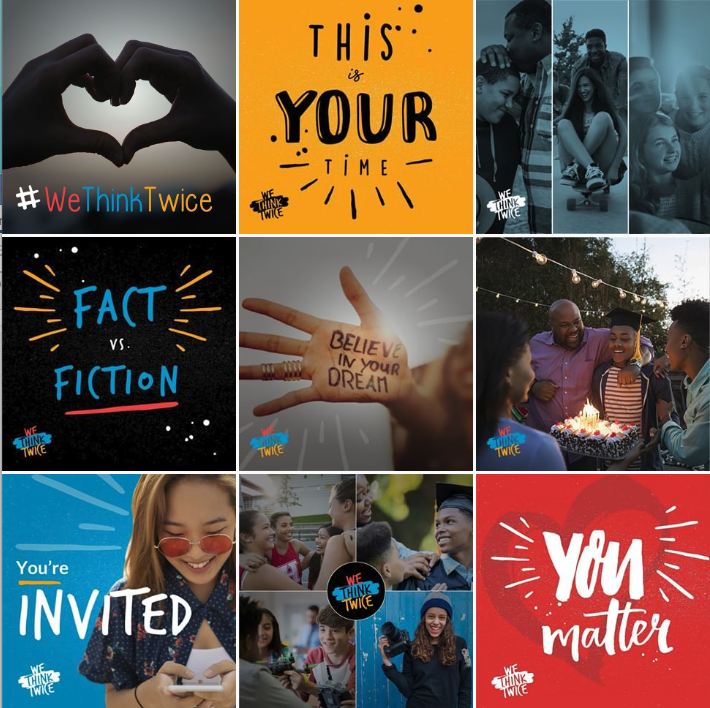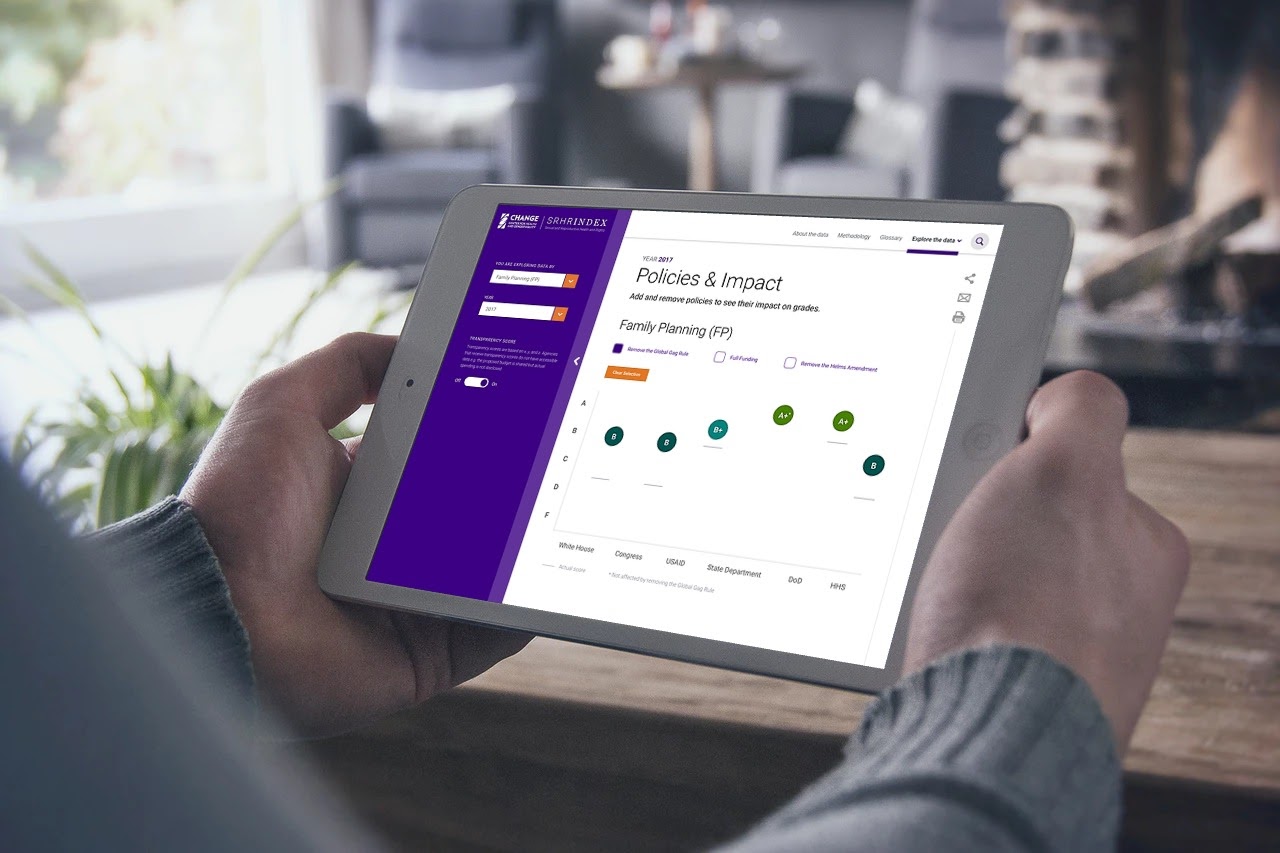Blog Insights
Digital Health for Behavior Change: Stories of Impact
The global public health community has long recognized that a key to better health outcomes is behavior change — from helping a single individual make a different health choice to helping a local, state, or country government change policy that can impact millions of lives. Digital health solutions are an integral part of the solution to creating that change. Through our partnerships with those in the social and government sectors, and specifically in these stories of impact below, we’ve had the opportunity to use digital health for behavior change.
Reaching teens with digital communications
How do you create a digital campaign that reaches teens on sensitive topics like sex and drug use? You let teens create it. “We Think Twice” is a campaign conceived by the Family & Youth Services Bureau, created in collaboration with American teenagers, to shift teen perceptions about sexual activity and drug use norms among their peers. The campaign serves as a tool for teens to gain knowledge and build skills for healthy relationships, set goals, and shape their own futures. While the campaign spans across social media platforms, the website serves as a hub for tools such as the Social Norms Quiz, a goal-setting planner, and resume writing resources. Teens can join the movement and participate in research by signing up to be part of “The Hive.”.

Forum One worked closely with RTI International to develop the initial campaign strategies in 2018, and produced video and the digital home for the campaign wethinktwice.org, As the campaign evolved, we also produced the “Dreams over Drama” video and a Drupal website. Forum One designed custom landing pages, interactive quizzes, and infographics to encourage engagement with the target audience. The website, that recently launched in the spring of 2020, features custom post types that allow content administrators at RTI International to continue to curate the campaign as it grows.
Keeping governments accountable
At the 1994 International Conference on Population and Development (ICPD) in Cairo, approximately 180 countries produced the first human rights framework for development assistance that promoted the universal sexual and reproductive health rights of women and girls. After ICPD, U.S. government strategies, policies, and United Nations (UN) stances reflected “sexual and reproductive health and reproductive rights.” However, it wasn’t until 2015 that the U.S. government recognized sexual rights, and adopted the full term “sexual and reproductive health and rights” (SRHR) in official documents, international statements, and UN negotiations. This positioned the U.S. government on a path to fully embrace a global SRHR agenda.
Today, the U.S. government spends nearly $11 billion per year on global health programs across the White House, Department of State, Department of Defense, USAID, and the Department of Health and Human Services. Are these dollars meeting the government’s SRHR commitments?
Using data and a new digital platform called the SRHR Index, the Center for Health and Gender Equity (CHANGE) assesses government policies, investments, and programs against standardized criteria in three health categories: HIV and AIDS, maternal and child health, and family planning. Through an annual review of data and policy, this first-of-its-kind index provides public access to information from across U.S. government agencies and health funding silos related to support for global SRHR. The SRHR Index grades commitments, leadership at the executive level, and funding levels and actions across a comprehensive set of SRHR issues. The Index has been cited by CNN, Newsweek, Fortune, and others, helping keep attention on the issue and increase the accountability of our policy-makers.

